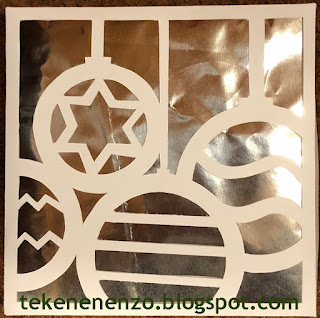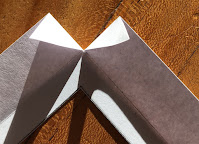- sketch paper
- pattern (ask me by mail)
- liquid watercolor paint
- great brush
- scissors
- strong glue
- salad oil
- paper towels
- little glass jar
- tea light
What should you do?
- Download the pattern of this light holder and copy it on scetch paper.
- Wet the paper and sprinkle with a big brush liquid water color on the sheet. The drops will flow in the water. Fill the whole sheet with color.
- Let dry.
- Pour some salad oil on a plate. Paint the whole sheet with oil using a big brush.
- Put the oily sheet between paper towels and let it dry for one day.
- Cut out the pattern.
- Fold the edges and stick the tea light holder together with strong glue.
.jpg)
.jpg)
.jpg)
.jpg)
.jpg)
.jpg)




















.jpg)
.JPG)
.jpg)
.jpg)
.jpg)
.jpg)

















